Increase in the price of imported materials puts the livestock industry in a difficult position
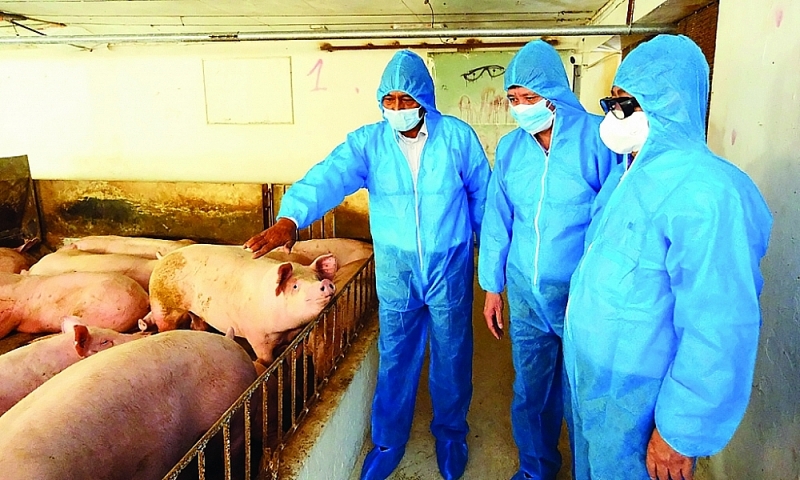 |
| Feed material costs account for 65-70% of production costs in livestock. Photo: Nguyen Thanh |
Feed material prices go up, product prices go down
According to the Bureau of Livestock Production (MARD), the cost of feed materials accounts for 65-70% of the production cost in livestock.
In the years from 2015 to 2020, the domestic price of feed materials was relatively stable, even decreasing at some times.
However, the price started to increase from October 2020. Especially in early 2022, the record increase in the price of feed materials due to the increase in energy prices, mainly as a result of the conflict between Russia and Ukraine, has caused great difficulties and challenges for the livestock industry in general and the pig-breeding industry in particular.
“With the high price of feed materials from 2021, the price of finished feed materials has increased by 18-22%. The increase in feed material costs makes the profit of pig-breeding farmers plummet, even some households and livestock farms suffer losses," said Mr. Duong Tat Thang, Director of the Bureau of Livestock Production.
Ms. Dinh Thi Phuong Khanh, Deputy Director of Long An Department of Agriculture and Rural Development (MARD), provided detailed figures: “Currently, for every 100kg of live pigs released from the barn, farmers lose VND300,000 - 500,000. Farming households are shrinking. Even though pork prices are low, consumers still have to buy high-priced meat.”
Similarly, Mr. Tran Lam Sinh, Deputy Director of Dong Nai Department of Agriculture and Rural Development, acknowledged that the competitiveness of the livestock industry was decreasing, and the reason was still high feed material prices, rising costs, and falling selling prices.
Similarly, Mr. Nguyen Thanh Son, Chairman of the Vietnam Poultry Breeding Association, said that poultry farmers were facing many difficulties because of the slow consumption market, the threat of diseases, and high input prices. Many companies and farms had to reduce the scale of production, not re-herding because every litter was a loss.
In Vietnam, the proportion of industrial feed materials (feed produced at establishments with industrial lines and equipment) accounts for about 70% of the total feed demand of the entire livestock industry. The rest (about 30%) is made by farmers with available feed ingredients or buying ingredients for self-mixing.
In order to meet the production of industrial feed materials, our country needs a very large amount of refined feed ingredients. In 2021, the whole country needed over 33 million tons, of which the domestic supply was about 13 million tons (accounting for about 40%), the rest came from imports (22.3 million tons), this included materials for aquatic products.
The Bureau of Livestock Production forecasts that the price of feed materials will increase until the end of 2022 (the offer price of raw materials imported to Vietnam for delivery after August 2022 is still increasing).
With a large dependence on imported feed materials, as the price of feed materials continues to increase, the pressure on the livestock industry will not be small in the future.
Improving domestic production capacity
Mr. Tong Xuan Chinh, Deputy Director of the Department of Livestock Production, said that in order to reduce dependence on imported feed materials, the Bureau of Livestock Production determined that a solution was to improve the domestic raw material production capacity by converting a part of the low-efficient area under crop to growing feed crops (maize, cassava); organizing production and growing maize and cassava in the form of cooperatives, in which enterprises producing feed materials purchased maize and cassava from farmers at stable prices; strengthening linkages between feed production establishments and rice millers and traders to purchase broken rice and rice bran for animal feed; developing protein production from insects (e.g. black soldier flies) to partially replace imported protein-rich materials; planning establishments processing aquatic products, slaughtering livestock and poultry to facilitate the collection and processing of by-products for feed materials.
Notably, leaders of the Bureau of Livestock Production said: “In case the price of feed materials continues to remain at a high level, it is proposed to reduce corporate income tax; invest in improving the capacity of loading and transportation systems, warehousing and logistics systems to reduce the cost of importing feed materials.”
From the perspective of biotechnology application in feed material production and breeding black soldier flies, Ms. Dinh Thi Phuong Khanh said breeding black soldier flies created a source of protein for feed material production instead of imported materials, instead of fish protein because they were a more expensive material.
Europe and the US were very popular with black soldier flies because the high biological capacity was at 10,000 tons of protein per hectare. Countries were promoting black soldier fly breeding, if Vietnam was slow, it would lose the opportunity. Vietnam had suitable conditions for raising this type of fly.
"Enterprises in Vietnam are also studying the introduction of black soldier flies into feed materials, but Vietnam does not have specific regulations on the breeding of this fly. The Department has proposed to the Ministry of Agriculture and Rural Development, the Ministry has sent it to the Ministry of Natural Resources and Environment but so far there are no regulations. This leads to people and enterprises doing things spontaneously, but it is very difficult for the locality to manage," Ms. Khanh said.
From the perspective of enterprises, a representative of BaF Vietnam Joint Stock Company said that this enterprise currently had three factories preparing to produce feed material to serve the internal demand of enterprises, and might sell a part to the market in the near future. It was worth noting that with current feed materials in Vietnam such as corn and soybeans, even though they were still available, it was a concern for this company to use them when possible problems with drying, airing, handling did not ensure quality. In general, the post-harvest processing stage of Vietnam had not been stable.
"Enterprises are still mainly using imported feed materials, in which corn accounts for about 50% of the proportion of bran, now the price of imported corn increases to be equivalent to the price of bran with an increase of about 50%. Enterprises want to know clearly the current post-harvest handling strategy in Vietnam's growing areas, and direction of the State management agencies to overcome the remaining problems in post-harvest handling and processing," he said.
Mr. Nguyen Van Khanh, Deputy Director of Hoa Phat Livestock Development Joint Stock Company, said: "The import tax on feed materials has already been lowered. However, with the current situation of high feed material prices, it is proposed that the State continue to have policies to support enterprises and farmers. Enterprises are having a hard time right now.”
Related News
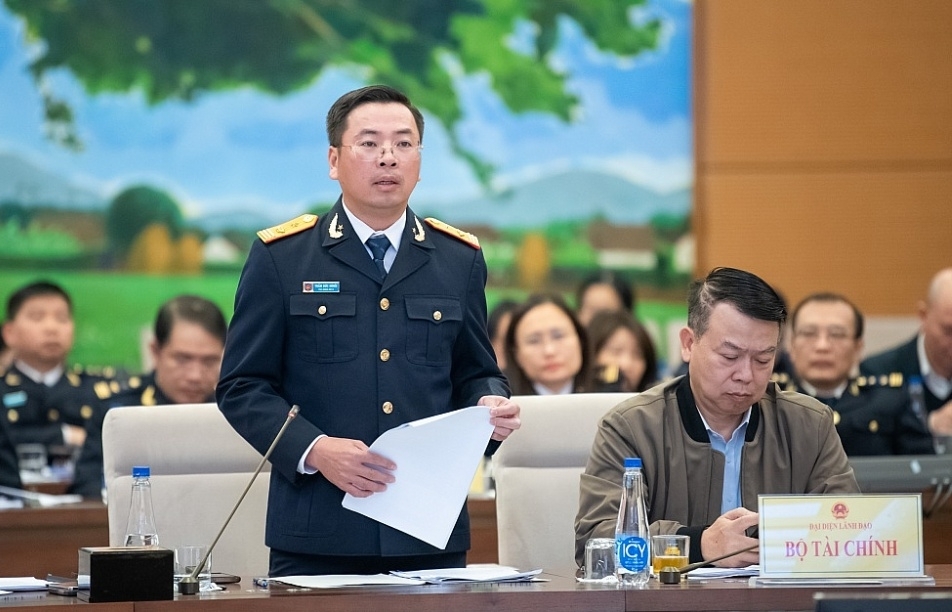
Researching and proposing amendments to 2014 Customs Law to meet the requirements of innovation
11:18 | 20/01/2025 Customs
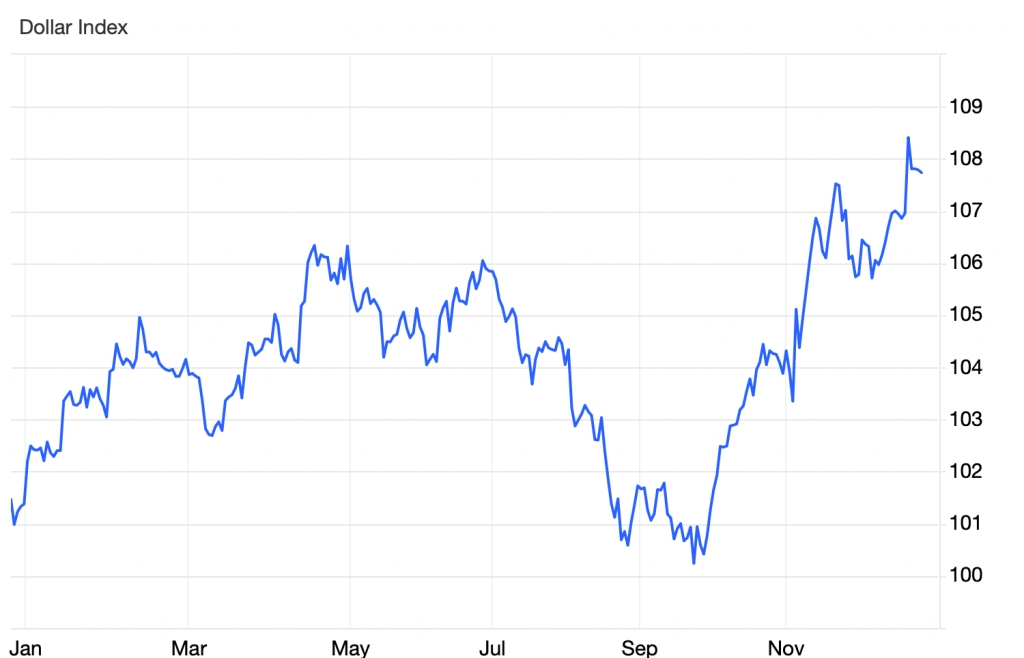
Flexible and proactive when exchange rates still fluctuate in 2025
11:03 | 30/12/2024 Finance
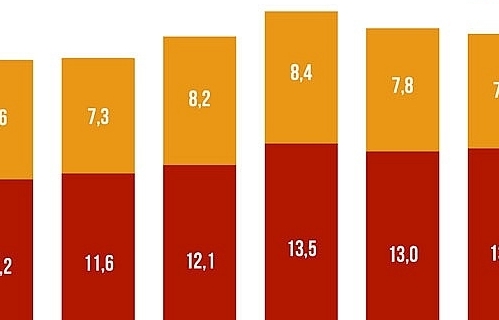
Top 10 Reputable Animal Feed Companies in 2024: Efforts to survive the challenges of nature
18:30 | 21/12/2024 Import-Export
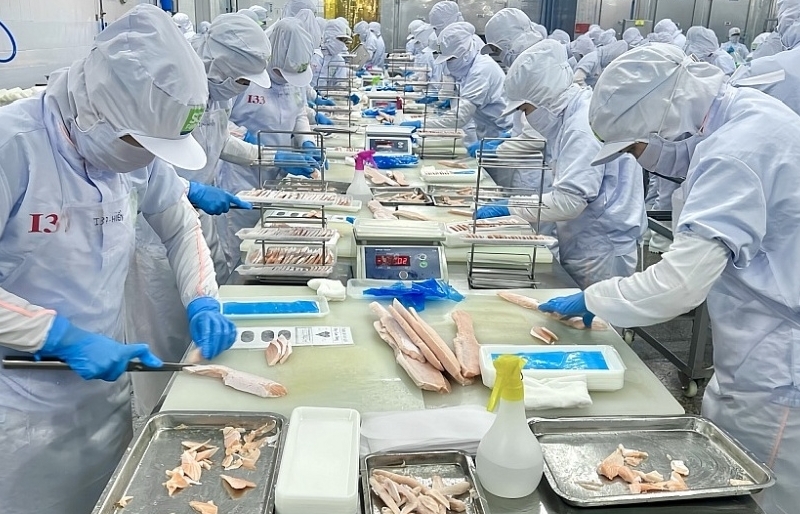
Enterprises focus on Tet care for employees
18:59 | 22/12/2024 Headlines
Latest News

Embracing green exports: a pathway to enter global supply chains
10:33 | 20/02/2025 Import-Export
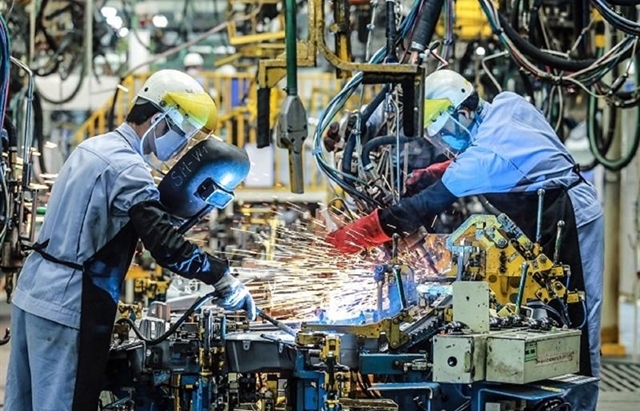
New policy proposed to prevent transfer pricing, tax evasion of FDI enterprises
10:32 | 20/02/2025 Import-Export
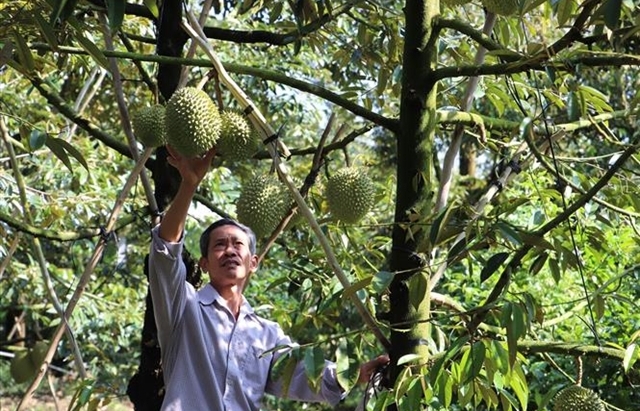
Việt Nam’s durian exports to China plummet by 80%
16:18 | 19/02/2025 Import-Export
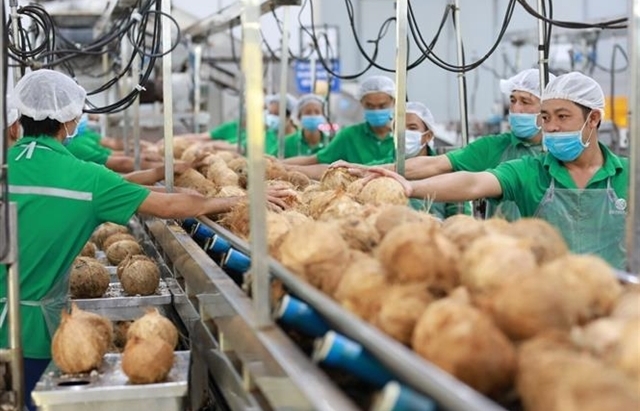
Coconut exports reach 14-year high
15:29 | 18/02/2025 Import-Export
More News

Shrimp exports grow in the first month of 2025
15:28 | 18/02/2025 Import-Export
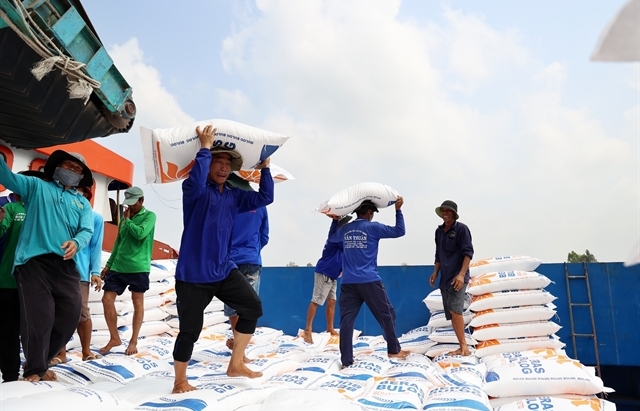
Rice export prices drop, but decline expected to be short-term
08:10 | 17/02/2025 Import-Export
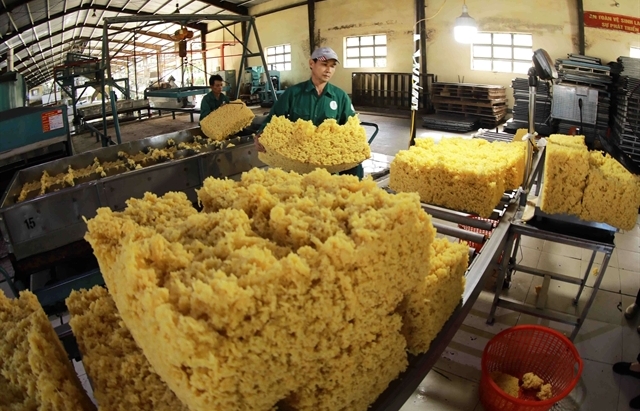
Key agro products expected to maintain export growth this year
08:08 | 17/02/2025 Import-Export
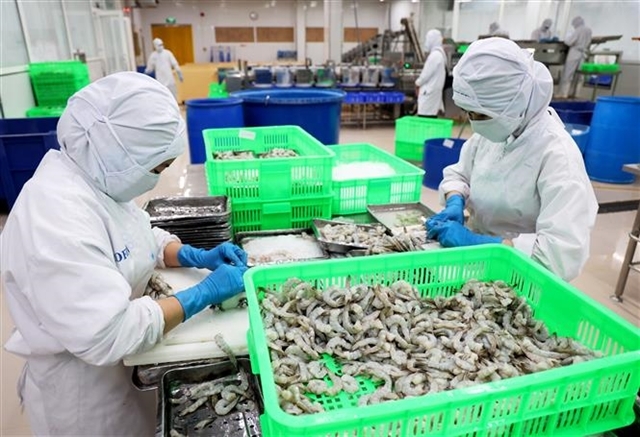
EU issues 12 warnings against Việt Nam’s food and agricultural exports
08:07 | 17/02/2025 Import-Export
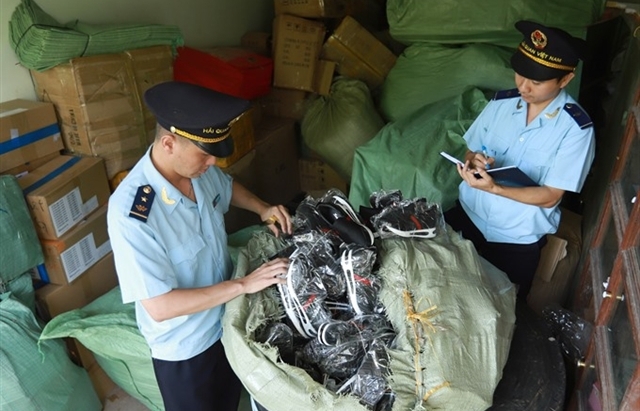
Việt Nam to impose VAT on low-value express-imported goods
08:06 | 17/02/2025 Import-Export

Exchange rate risks need attention in near future
16:31 | 15/02/2025 Import-Export
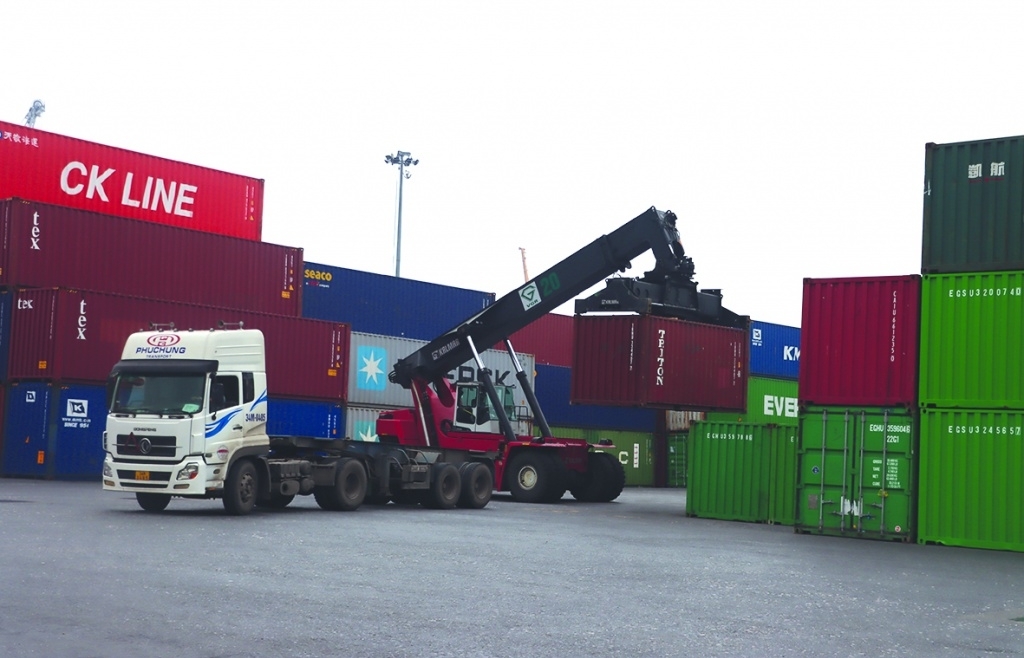
Vietnam kicked off the year with a strong start in trade, exceeding US$63 billion in the first month
16:30 | 15/02/2025 Import-Export
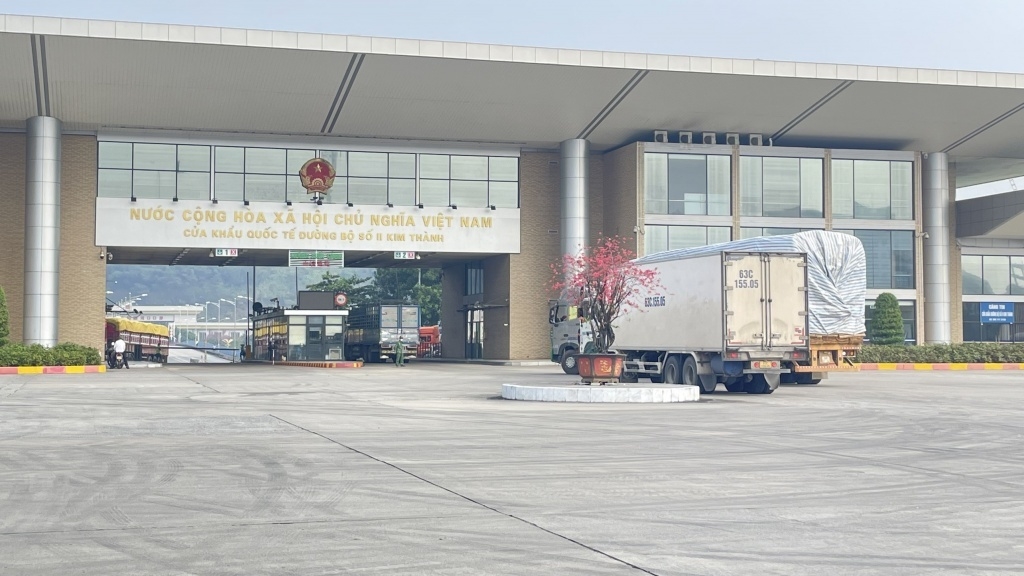
Import and export turnover reaches about US$29 billion in the second half of January 2025
14:52 | 14/02/2025 Import-Export

Market edges up slightly as liquidity remains low
14:48 | 14/02/2025 Import-Export
Your care
The system has not recorded your reading habits.
Please Login/Register so that the system can provide articles according to your reading needs.

Embracing green exports: a pathway to enter global supply chains
10:33 | 20/02/2025 Import-Export

New policy proposed to prevent transfer pricing, tax evasion of FDI enterprises
10:32 | 20/02/2025 Import-Export

Việt Nam’s durian exports to China plummet by 80%
16:18 | 19/02/2025 Import-Export

Coconut exports reach 14-year high
15:29 | 18/02/2025 Import-Export
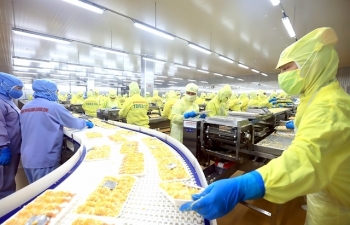
Shrimp exports grow in the first month of 2025
15:28 | 18/02/2025 Import-Export
